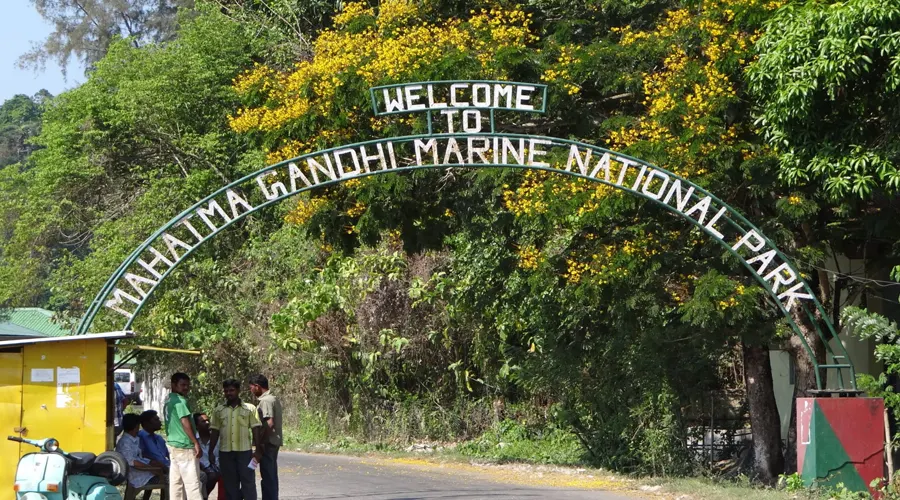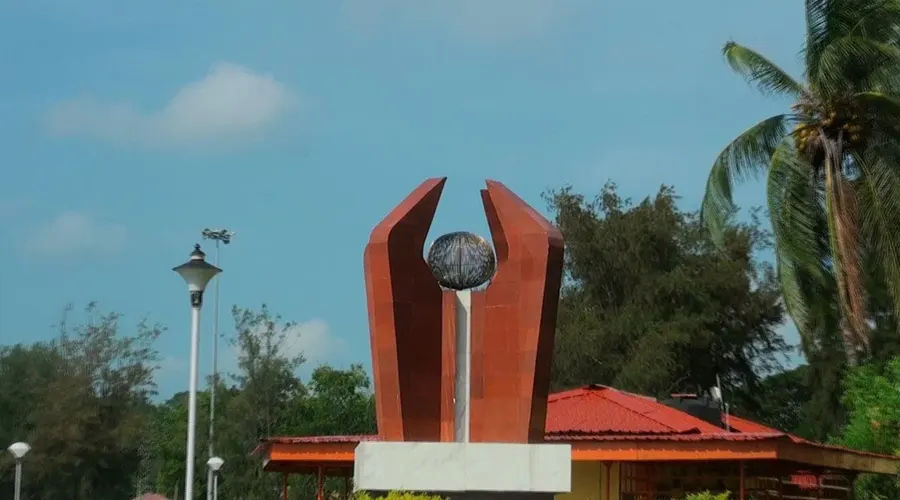Cellular Jail
The Cellular Jail, also known as 'Kala Pani' is an old colonial prison situated in Port Blair, the capital of Andaman and Nicobar Islands. Constructed by the Britishers during their colonial rule in India, the jail was used particularly to exile Indian political prisoners. It was used to house many notable freedom fighters such as Batukeshwar Dutt, Yogendra Shukla, and Vinayak Damodar Savarkar.
The jail complex is now owned by the Government of India and it is recognized as the national memorial monument that showcases the life of prisoners during the British era. Cellular Jail stands as a prominent tourist attraction in the Andaman and Nicobar Islands where visitors can learn about its history and also enjoy a light show held in memory of all the prisoners who were imprisoned here.
Today, the Cellular Jail is a solemn reminder of all the struggles the Indian freedom fighters undertook while fighting for independence and is an integral part of India's history.
History of Cellular Jail
Although the complex of the Cellular Jail was constructed in the year 1906, the Britishers had been using the Andaman and Nicobar Islands as a prison since the Sepoy Mutiny of 1857. Soon after the mutiny, there was a widespread execution of the rebels, whilst the rebels who survived were banished to the islands.
As many as 933 prisoners were sent off to the Andaman and Nicobar Islands as a punishment for their crimes against the state. Keeping the ever-growing number of inmates in mind, an 'Andamanese Home' was constructed there, which was also a repressive institution disguised as a charitable one. Many prisoners from Burma and those who were related to the Mughal regime were exiled here as well.
During the independence movement of India, thousands of Indians were imprisoned in the Cellular Jail; many of them died due to inhumane conditions, a lot more were hanged, and many passed away due to old age.
The late 19th century saw a surge in the independence movement and several prisoners were being exiled to the Andamans. As a result of the same, the need for a high-security prison was felt as most of the prisoners preferred to be exiled to the islands rather than stay in the Indian jails. This need was fulfilled when the Cellular Jail was constructed here, which was deemed to be "a place of exclusion and isolation within a more broadly constituted remote penal space."
Architecture of Cellular Jail
The complex of the cellular jail is the true depiction of the standing history of the Indian Independence leaders during their time in exile in the jail. The original building was a puce-colored construction and was named "Cellular Jail" based on its architecture. The prison is divided into seven wings that divert from the main tower in seven different directions.
Each of the wings consisted of 693 solitary cells instead of rooms or dormitories. The cells were a mere 4.5 by 2.7 meters with a small ventilator, such that the face of a cell saw the back of the other, making any communication impossible. The construction of the small cells of the jail in itself is evidence of the cruelty that Indian leaders had to face to free this country from British rule.
Cellular Jail Light and Sound Show
In memory of the brave martyrs, the Cellular Jail authorities organize a light and sound show every Tuesday, Thursday, Saturday, and Sunday. The light and sound show not only transforms the cellular jail into a beautiful stage for a live performance but also narrates the heart-wrenching history of the independence movement along with the lives of the prisoners in the jail during the British era.
The Hindi show timings are 6:00 PM and 7:15 PM, whereas there is only one English show at 7:15 PM


























